Dresden
Dresden and especially the photo from the Residenzschloss and the Hofkirche should have been the highlight of our trip to the east of Germany in June 2025. And it was as was our brief visit to nearby Schloss Moritzburg (scroll all the way down).
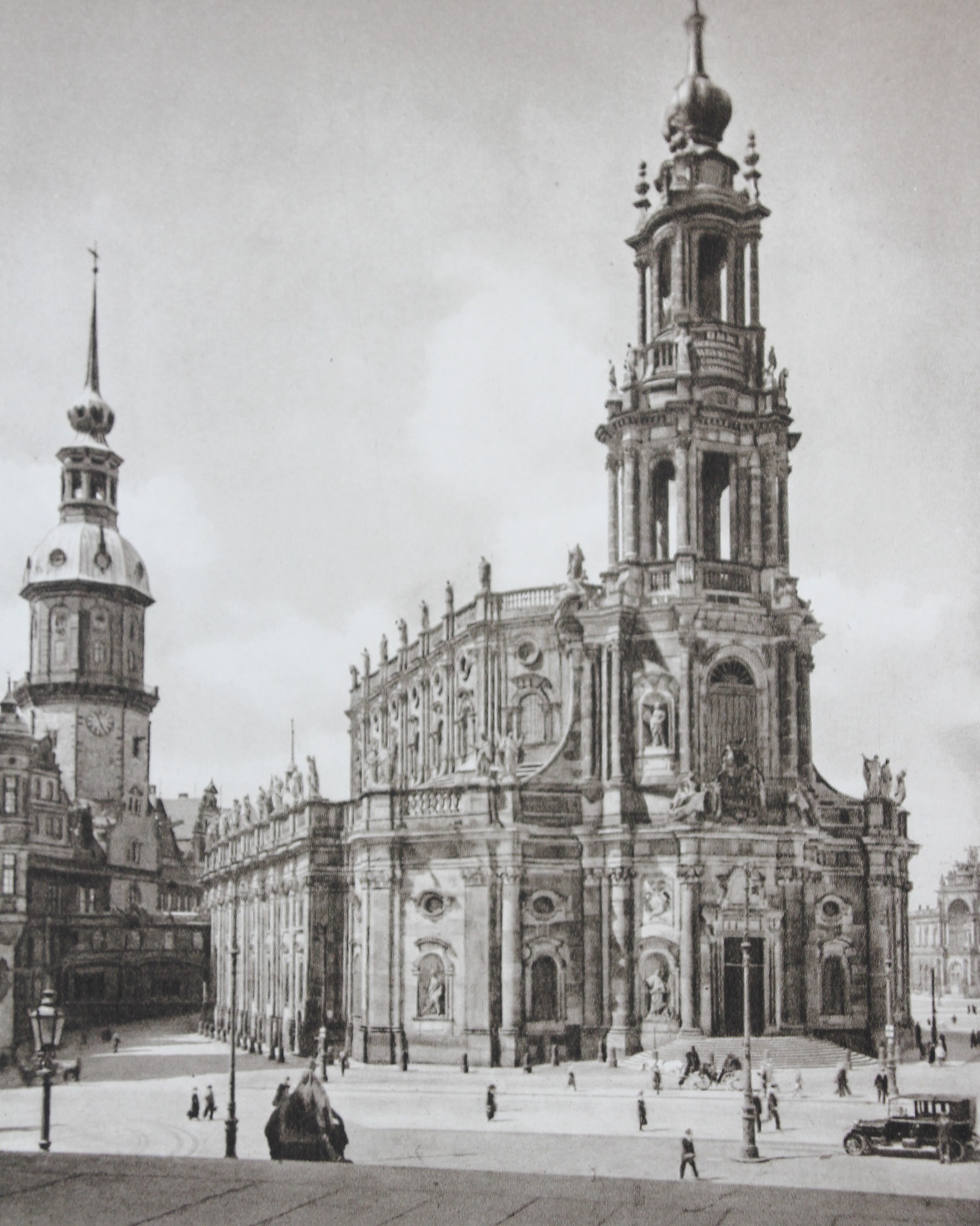
Schloss & Hofkirche, 1924. Photo: Kurt Hielscher.
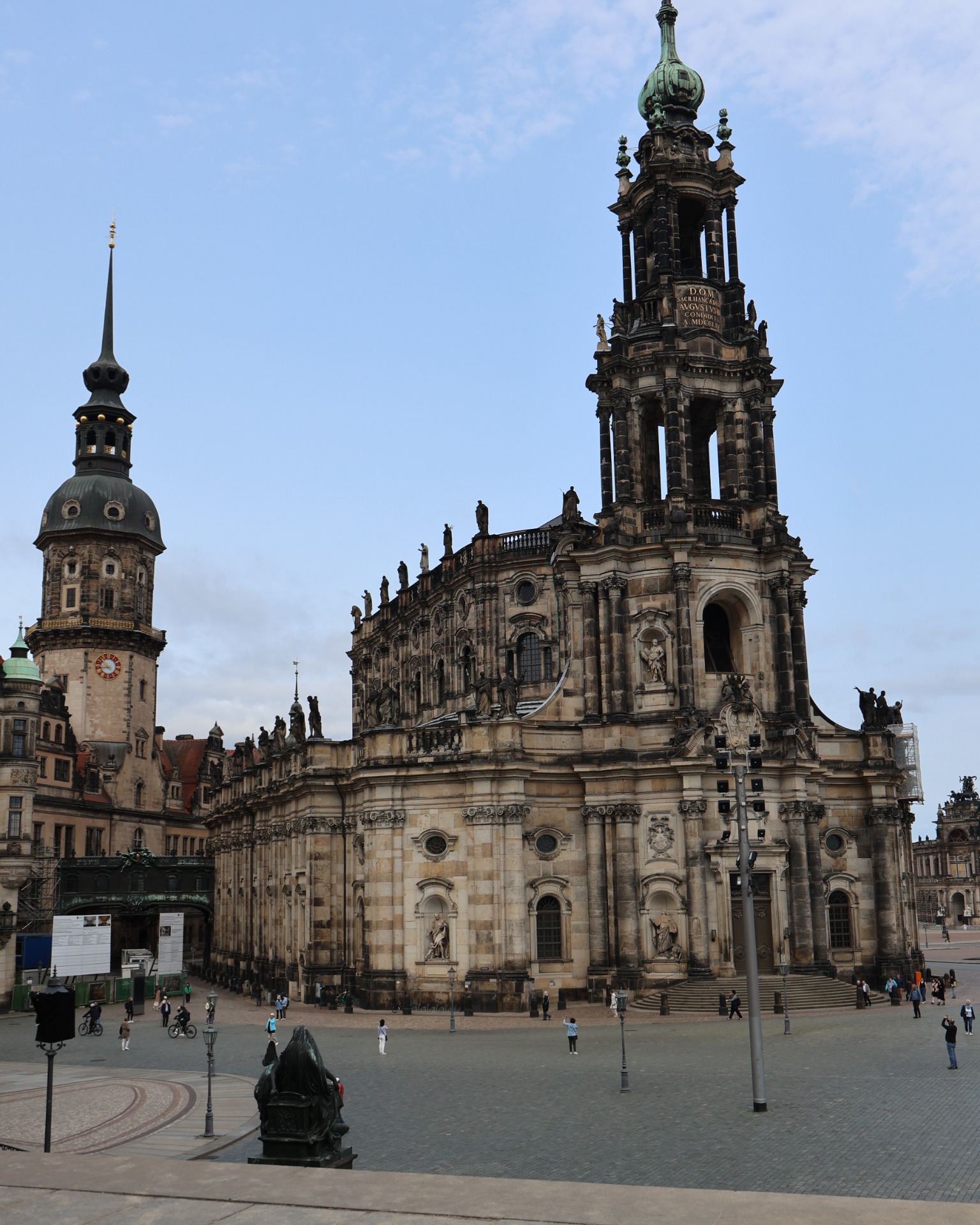
Schloss & Hofkirche, 8th of June 2025. Photo: Casper Molenaar.
Still, I feel like I messed up this photo and to be honest, I am quite disappointed with the result. I should have stepped a few steps to the back decreasing the space between the church and the stairs and making the church stand more upright. I can imagine that the excitement the evening before, when we jumped into the center crossing the Augustusbrücke from the Wohnmibilstellplatz close to the opposite side of the Elbe river, and I saw this view for the first time made me less sharp. But this photo I made the morning after, a Sundaymorning at 9.00 and there still was almost nobody around except for us. This time I only made two photos and this is the best one so I better accept it or come back one day.
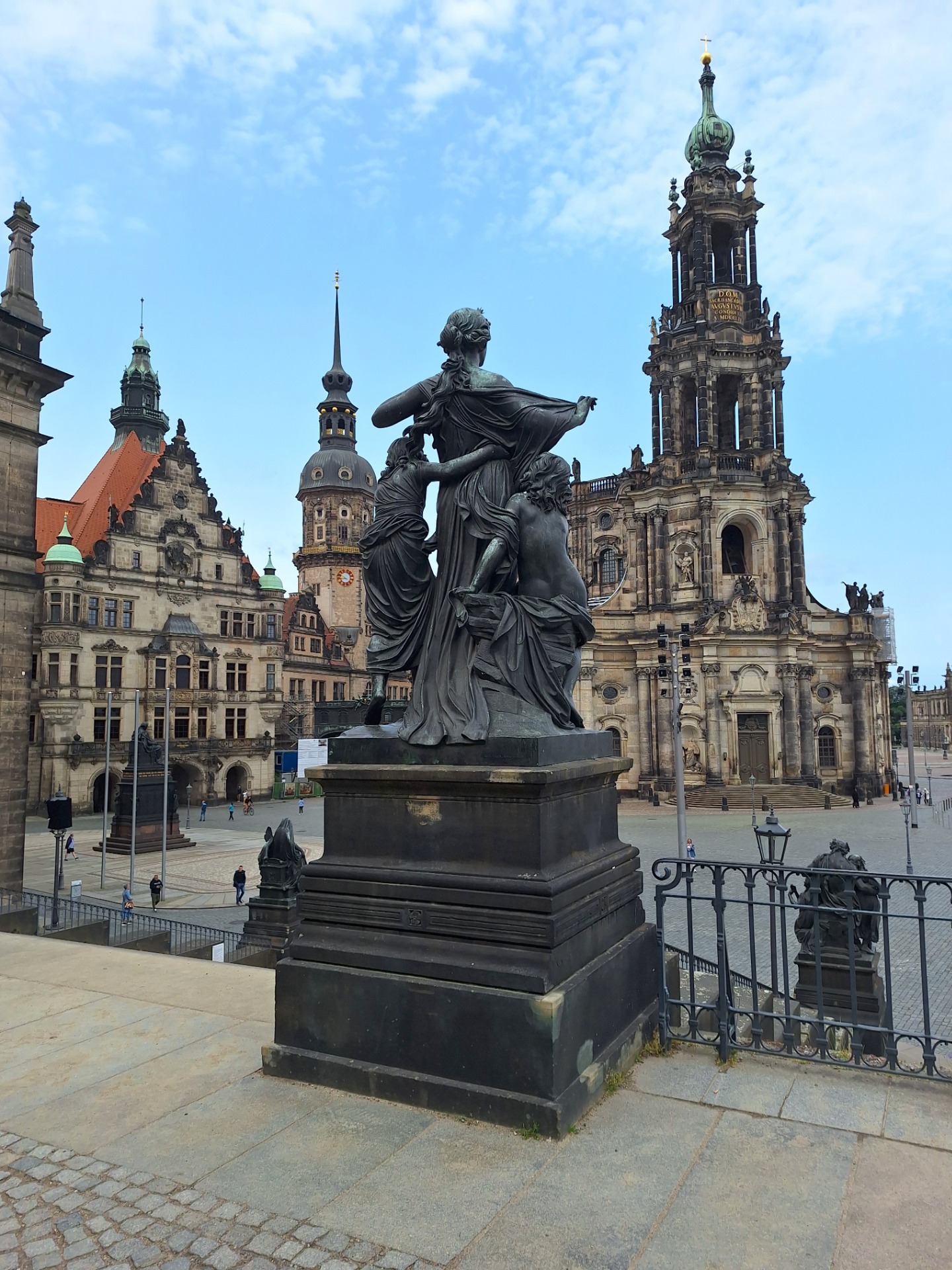
It remains an iconic image. During the air raids on Dresden from February 13 to 15, 1945, the church was hit several times. The roof and the vaults in the interior collapsed. The outer walls were damaged, some of them completely destroyed. Reconstruction lasted until 1965.
The Katholische Hofkirche, today officially named the Kathedrale Ss. Trinitatis, was built in between 1739 and 1751. Around 1230 a Burg on the site of today's large castle courtyard was already built but the appearance of todays Residenzschloss dates back to 1548. Also as a result of the air raids, the castle burned down to its foundations on February 13th, 1945. Only after the German reunification, the Hausmannsturm regained its spire in 1991 during the reconstruction of the castle. Later more about the Schlosshof.
An ode to my travel partner and partner in life: Kim in Dresden.
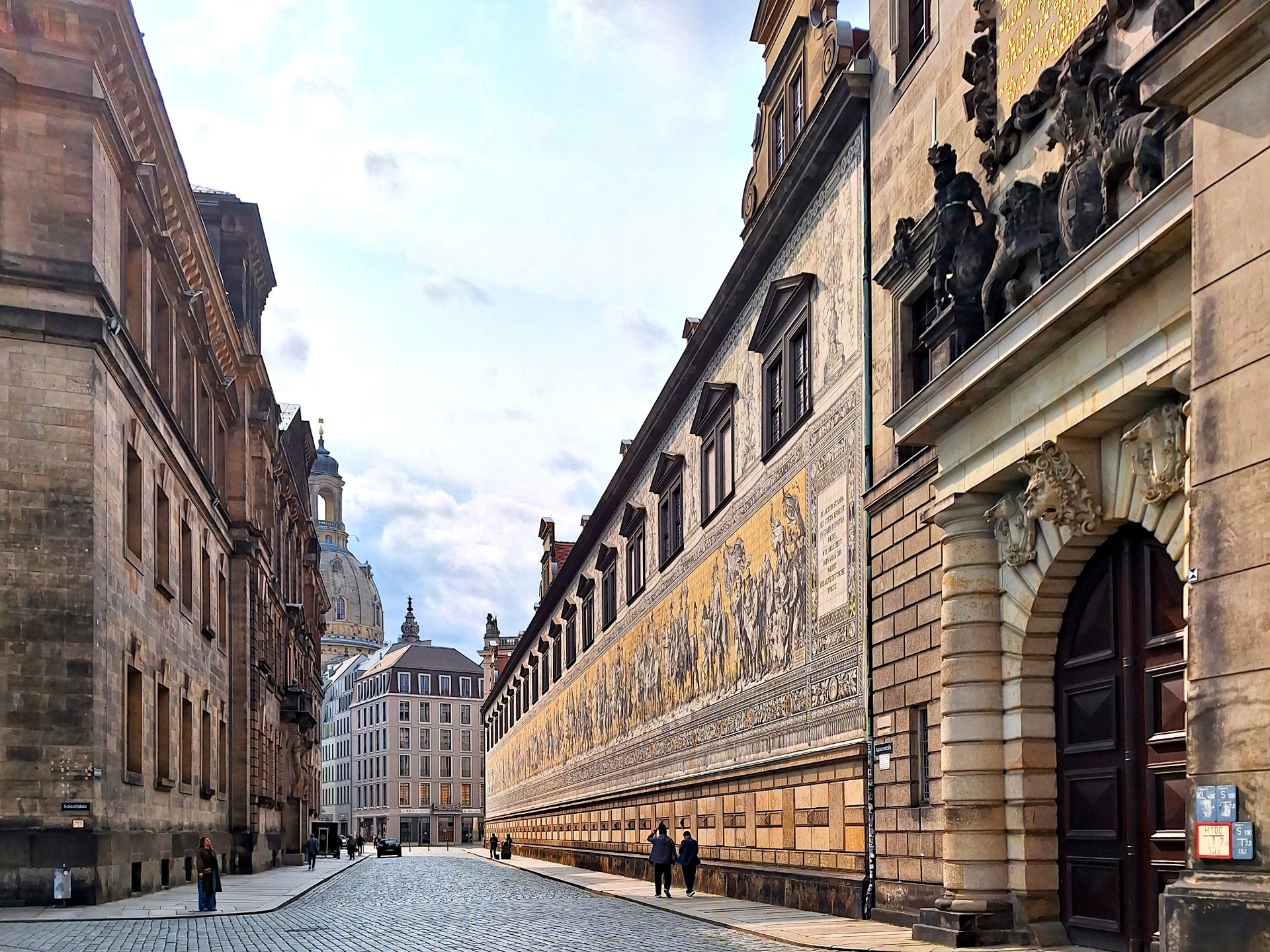
The famous, impressive and interesting Fürstenzug. The nearly 10-meter-high wall decoration depicts the 35 former ruling princes, electors, dukes, margraves, and kings of the House of Wettin since 1127, who ruled under various forms of government, resulting from 1806 onward in the Kingdom of Saxony. In 1907, no fewer than 25,000 Meissen porcelain tiles measuring 20.5 x 20.5 cm were needed for the panel. Despite the extensive destruction in Dresden during World War II, only 654 tiles were damaged, and their restoration took place in 1978-1979.
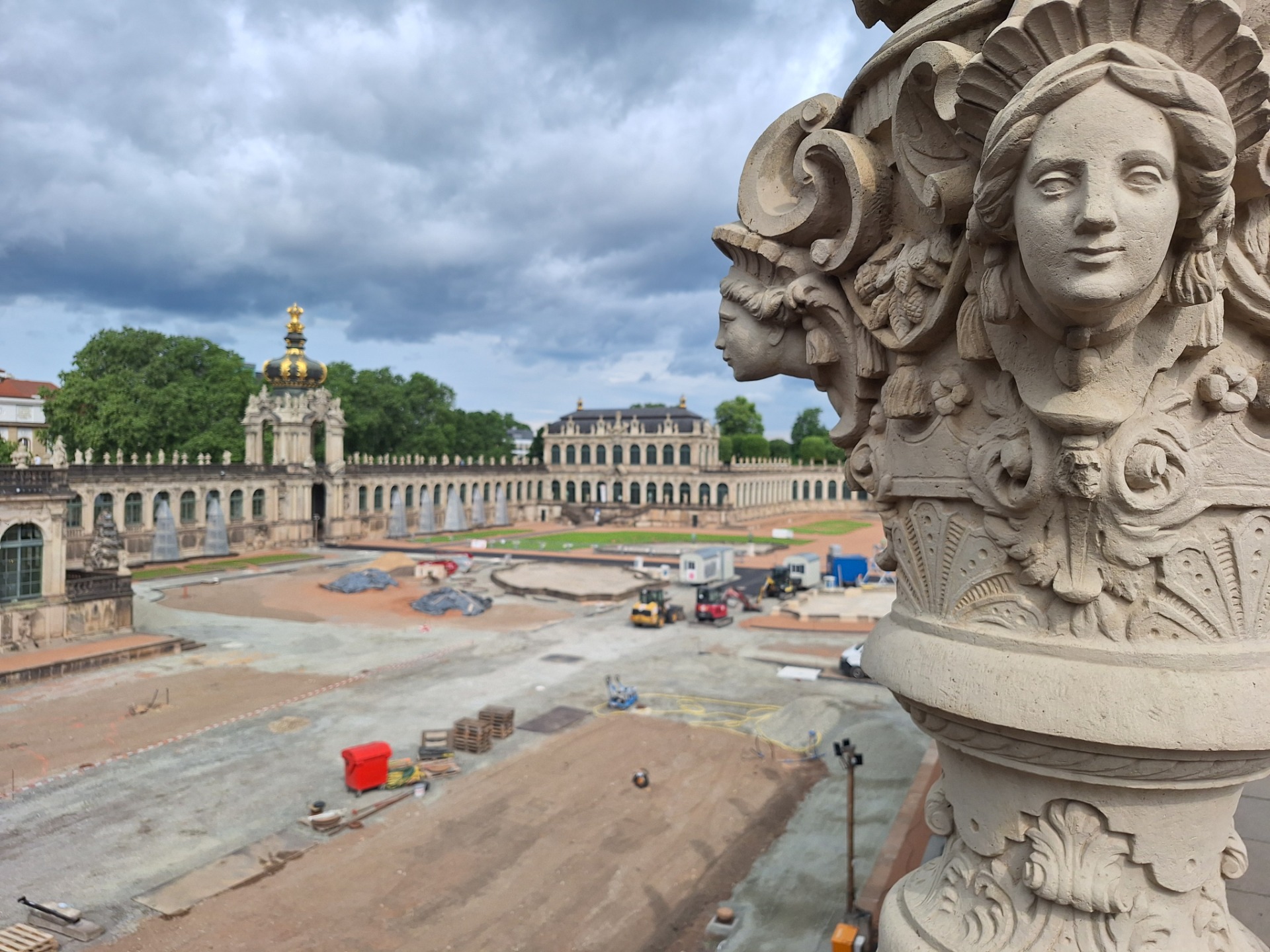
Unfortunately, Der Zwinger was under construction, but we did manage to get a glimpse.
Residenzschloss & Zwinger.
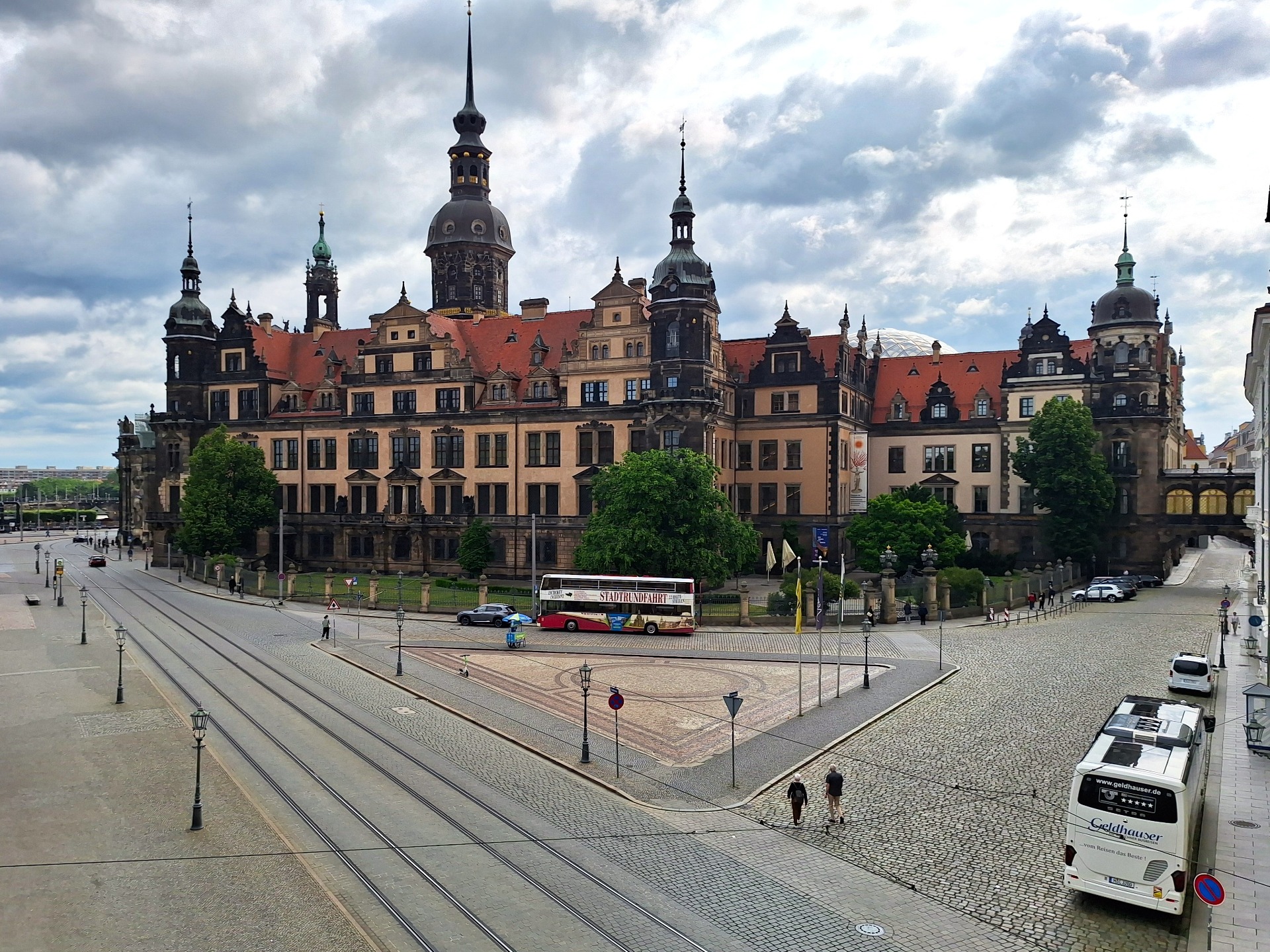
Residenzschloss as seen from "Der Zwinger". The Schloss was severely damaged during the bombing of Dresden in February 1945. The palace was reduced to a roofless shell, but it was not demolished and has since been meticulously rebuilt and restored. Parts were openened for public only starting 2019.
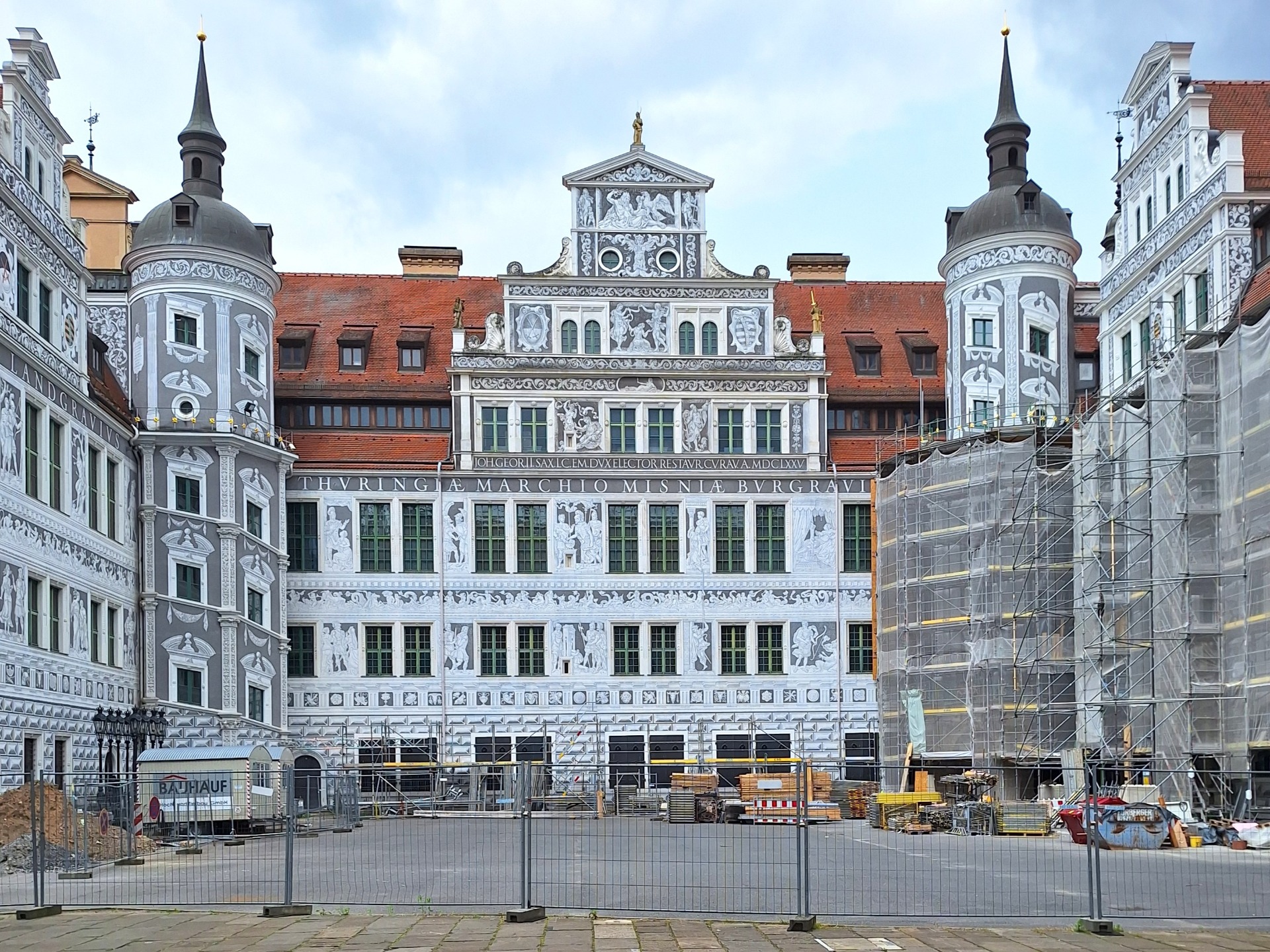
In the Residenzhof
Dresden Castle is a palace and one of the oldest buildings in Dresden. It was the residence of the Kurfürsten (1547-1806) and Kings (1806-1918) of Saxony. One of the castle's most fascinating features is its variety of architectural styles, but the original castle was Romanesque and built around 1200. Kurt Hielscher made his photo in the stunning courtyard, which was partly under construction when I visited it. I decided to make the photo a lot wider than Kurt Hielscher's beauty to show more context and because due to the reconstruction works the photo would not even be recognizable. The Residenzhof is free of entrance.
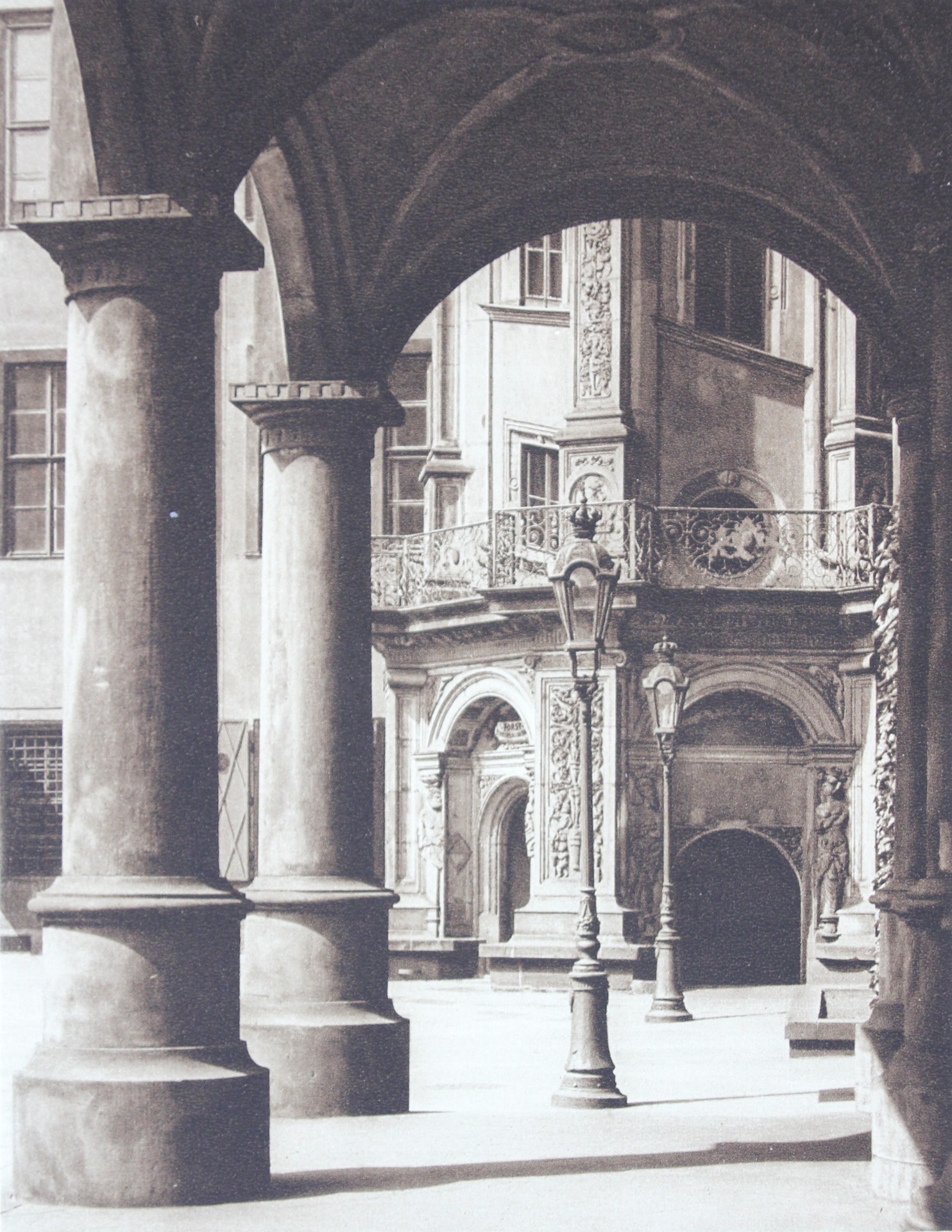
Residenzhof, 1924. Photo: Kurt Hielscher.
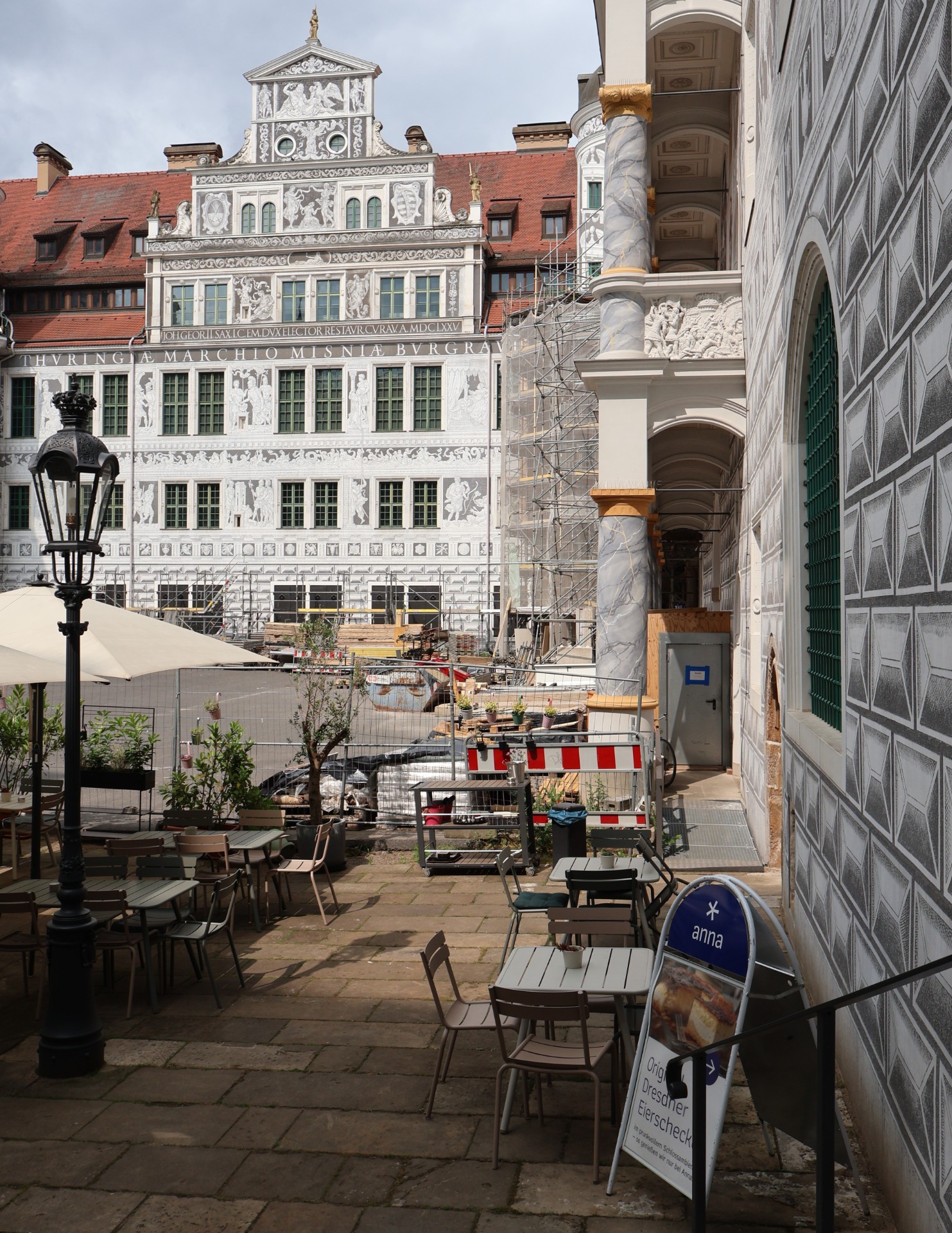
Residenzhof: 8th of June 2025. Photo: Casper Molenaar.
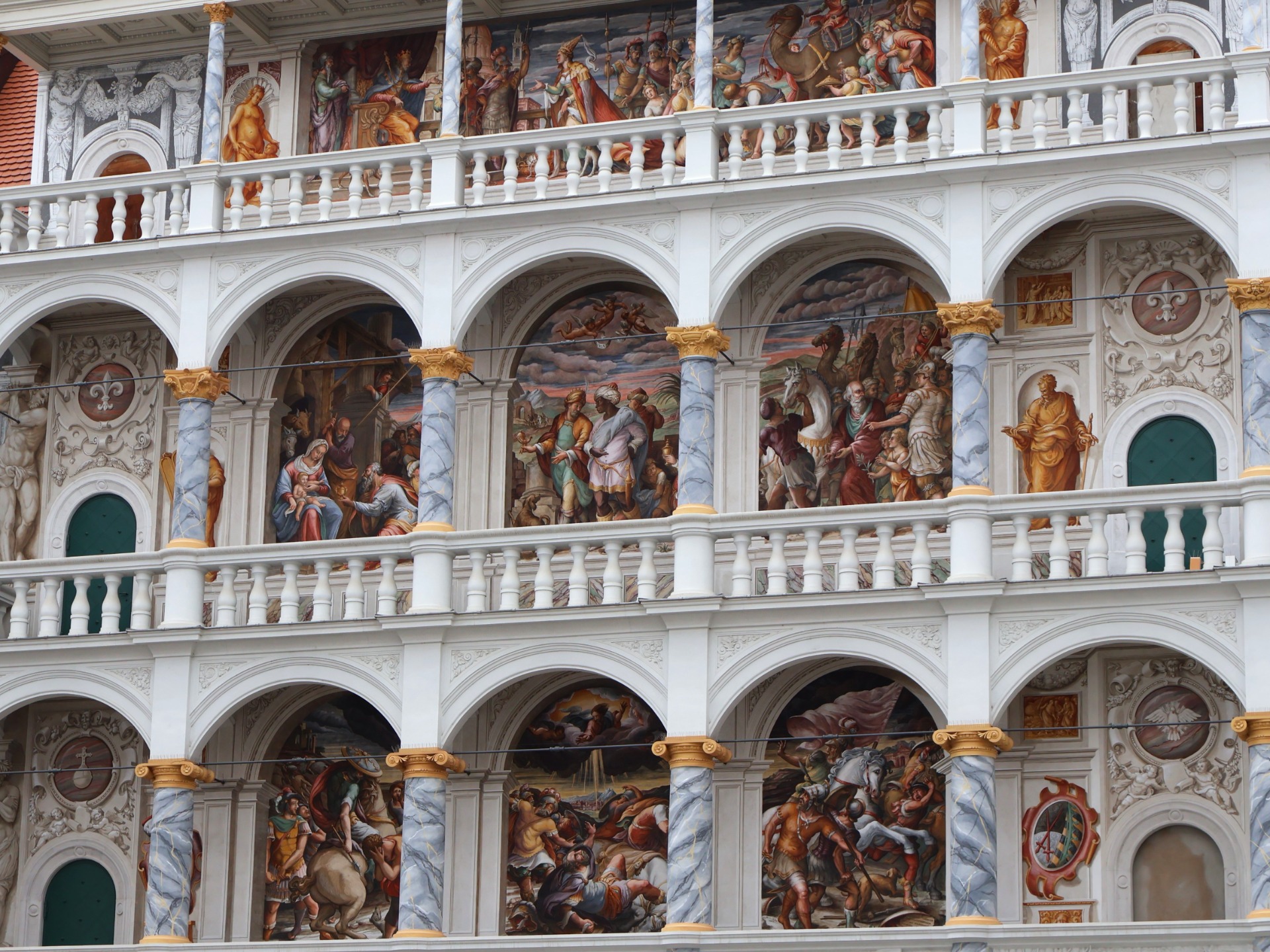
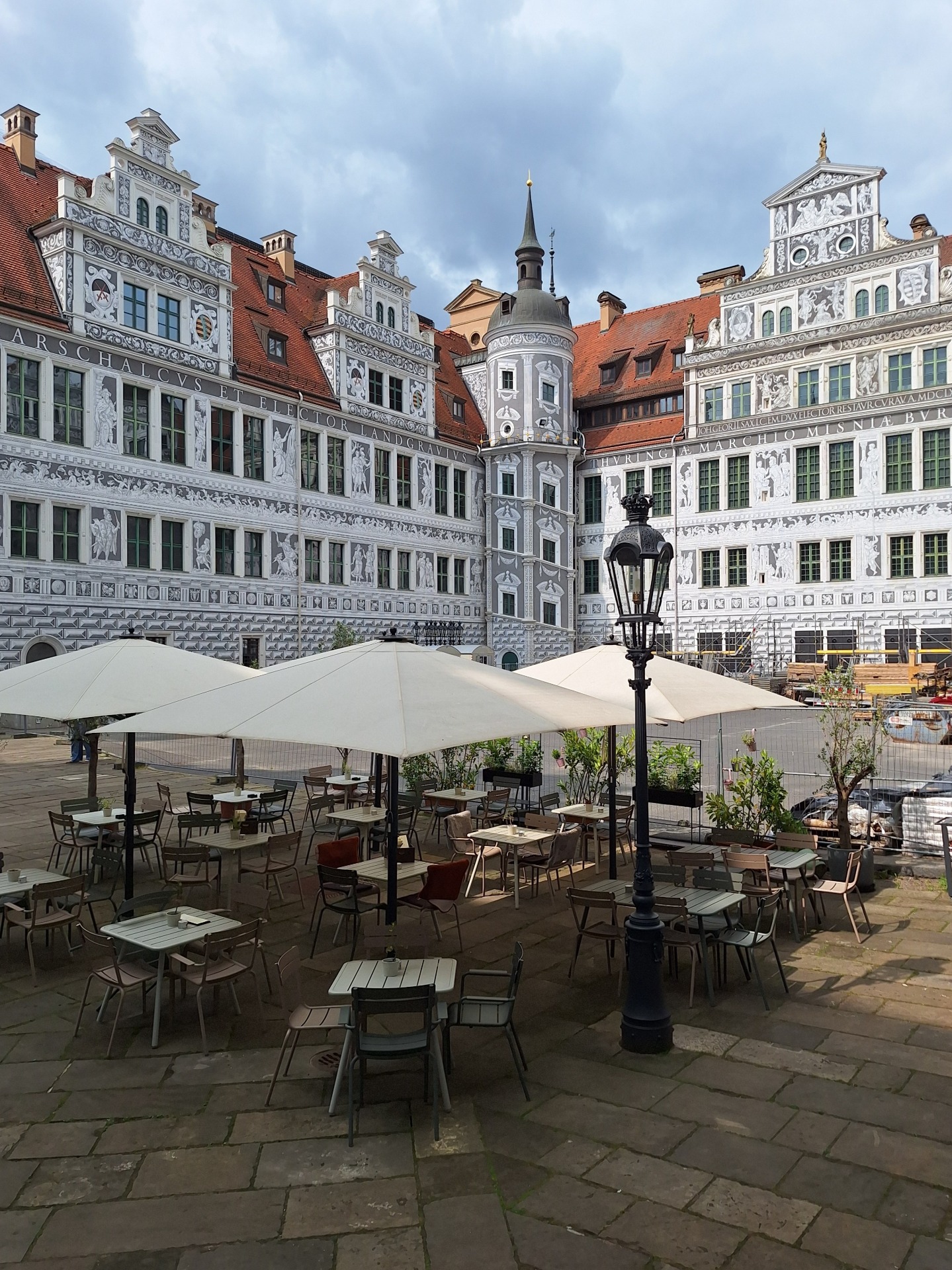


From the Wohnmobilstellplatz it was an easy walk to the city center of Dresden.

Yours truly being happy to be ready to explore Dresden.
Schloss Moritzburg
Ofcourse we also made a stop at the famous and beautiful situated Baroque Schloss Moritzburg on our way to Dresden. We arrived early evening and stayed only for almost an hour wandering around a little bit, but it was already too late to visit the castle.

Schloss Moritzburg, 1924. Photo: Kurt Hielscher.

Schloss Moritzburg, 7th of June 2025. Photo: Casper Molenaar.

The castle was built between 1542 and 1546 as a hunting lodge for Duke Maurice of Saxony. Between 1723 and 1733, the castle was turned into a country residence for Augustus III the Strong, who was the only legitimate son of Augustus II the Strong, and converted to Catholicism in 1712 to secure his candidacy for the Polish throne. This way indeed he became the King of Poland and Grand Duke of Lithuania from 1733 until 1763, as well as Elector of Saxony in the Holy Roman Empire where he was known as Frederick Augustus II.

The making of.... Schloss Moritzburg wasn't hard to find.

And yes..... it is a very romantic place.
Below: View on Dresden from the opposite sode of the Elbe river. Here we stayed on the Wohmobilstellplatz.

